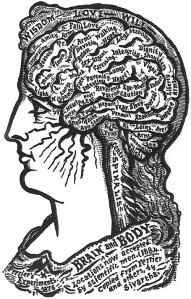Greetings Somanauts!
Here’s the new year’s update on the free GGI teleseminar: Yoga and the Brain!
First to say, the teleseminar is filling up with folks from different countries, proving the global interest in movement meditation and the brain!
With that in mind, the teleseminar is scheduled for the following dates and times below:
U.S. and U.K. residents:
Date: January 12, 2009
Time: 9 a.m – 10 a.m., Pacific Standard Time
For Australian and AsiaPacific Residents:
Date: January 13, 2009
Time: 10 a.m. (Sydney time zone)

A recap of the teleseminar goal and content:
Who should take this teleseminar? Anyone working with, or interested in, the neurological effects of restorative or high performance training including allied health workers, public policy makers, physicians and physician assistants, psychiatrists, ADHD specialists, social entrepreneurs in health and wellness, and of course, all members of the somatic, yoga, meditation, athletic and martial arts community. (Global citizens please note: The teleseminar will be conducted in English.)
What will I learn: This teleseminar introduces the core neuroscience concepts central to any top quality training program that teaches yoga and movement meditation. Concepts include: neuroplasticity, immersive attention, somasensory integration and more.
What are the key benefits of this teleseminar?: You will leave the teleseminar energized and armed with a grand pattern of understanding how neurologically important your work is as a proponent of yoga movement and meditation. Seminar discussion is particularly valuable for anyone dedicated to improving the development and integration of brain, body and mind.
How do I join this free teleseminar? Simply write to 2docgee@gmail.com with the word “yes, ” along with your state and country of residence. Follow up information will be sent to you at your given email address.
Looking forward to your participation!
May the Breath Be With You!
Dr. G., Founding Director, The George Greenstein Institute, creating a sustainable future by coaching bodies, brains and minds!
The George Greenstein Institute is dedicated to serving the public good, by offering up to date, brain-based education in health, creativity and performance world wide.